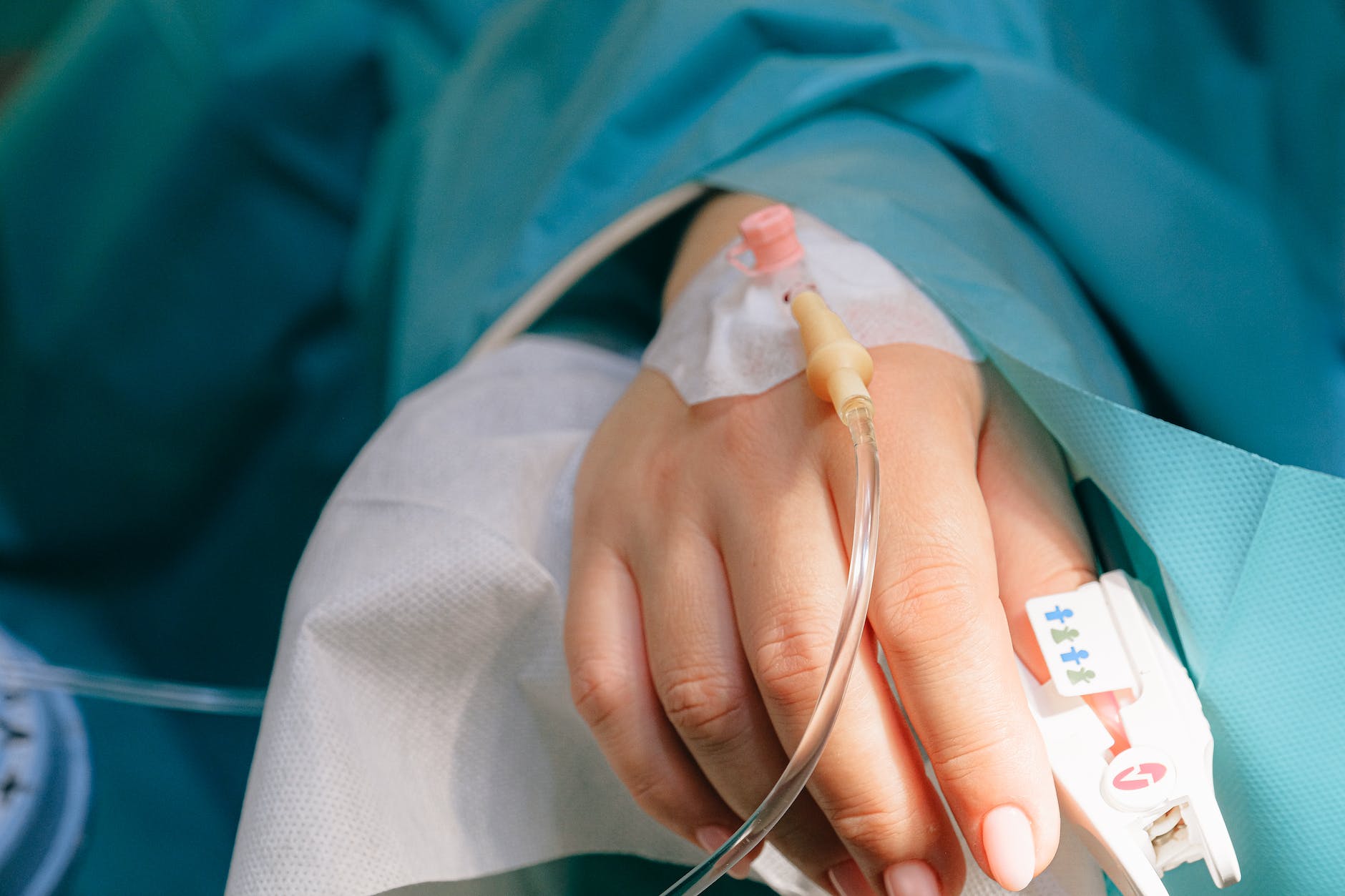
Patient
Patient care reporting is an essential aspect of the work of paramedics.
It involves documenting vital information about a patient’s condition, treatment, and outcome to track the patient’s progress and provide accurate information to other healthcare providers.
With advanced patient care reporting software, paramedics can now quickly and accurately document patient care information, significantly improving patient outcomes and streamlining the healthcare process.
The Benefits of Advanced Patient Care Reporting for Paramedics
1. Real-Time Documentation of Patient Information
This means information is recorded as soon as it is obtained, rather than waiting until the end of a shift or after a patient has been transported to the hospital. This can be especially important in emergencies where time is of the essence, and accurate information can make the difference between life and death.
2. Enhanced Workflows
With EMS PCR software, first responders can work more efficiently and effectively in the field. The software acts as an additional partner, providing templates and forms that can be customized to specific protocols and situations. Data capture is streamlined, allowing first responders to quickly and seamlessly document patient care. Furthermore, patient information captured during treatment is logged in a way that is ready for final reporting. This reduces the time spent on paperwork and administrative tasks.
3. Streamlines Billing
Not only does ePCR improve work in the field and streamline billing processes. When paired with billing software, ePCR automatically translates medical treatment codes into billing codes, ensuring that all care provided to a patient is accurately logged and accounted for on invoices. This makes revenue cycles manageable, timely, and predictable.
4. Simplified and Secure Record Keeping
Electronic Patient Care Report (ePCR) systems provide a secure and streamlined method of maintaining patient records. The records are stored on encrypted cloud servers, making them easily accessible from any location.
Patients’ medical records can be easily accessed by searching for their names, and any updates made to the file are automatically recorded and saved. Only authorized personnel have access to the digital patient records, ensuring their protection. Unlike paper records, ePCR files are tracked every time they are accessed, ensuring the confidentiality of patient information. The software also eliminates the need for carrying stacks of paper charts, as it takes care of organization and filing.
5. Standardization
Standardization creates a set of rules and procedures that must be followed consistently in a given situation. Using technology-based checklists and templates has improved patient safety in the medical field. These tools help ensure that every step of a medical procedure is followed correctly and consistently for every patient, reducing the chance of mistakes made by healthcare professionals. Additionally, they provide a way to independently verify important patient safety and quality processes.
6. Coordinated Care
Professionals use technology to ensure patient information is organized and accurate. This can help prevent mistakes and ensure everyone on the patient’s care team is on the same page. A centralized system allows everyone to access important patient information in one place. This way, healthcare professionals can work together more efficiently and keep each other informed about what’s happening with the patient.
Conclusion
Advanced software in patient care reporting is a valuable asset for paramedics and emergency medical services. With features such as real-time data collection, automatic documentation, and streamlined communication, these tools can improve the efficiency and accuracy of patient care reporting. This ultimately leads to better patient outcomes and more effective use of resources.






